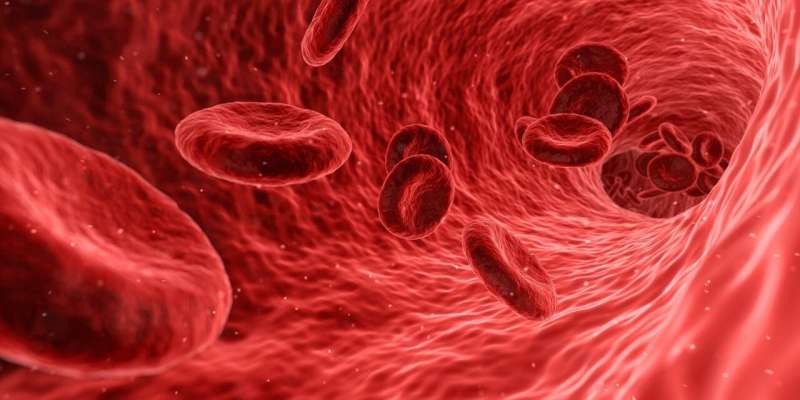The recent research published in Nature Plants represents a groundbreaking development in the field of plant biotechnology. The study conducted by researchers at the University of Queensland (UQ) has successfully introduced genetic material into plants via their roots utilizing nanoparticles, thus paving the way for rapid crop improvement.
Innovative Technique in Genetic Delivery
Professor Bernard Carroll, from UQ's School of Chemistry and Molecular Biosciences, emphasized the significance of nanoparticle technology in enhancing plant genetics to increase crop yield and improve food quality. Traditional methods in plant breeding, generally, take numerous generations to develop a new crop variety, which is both time-consuming and costly. The innovative approach demonstrated by the UQ team provides a more efficient solution.
According to Professor Carroll, "We have succeeded in having N. benthamiana absorb a benign nanoparticle, which was developed by Professor Gordon Xu's group at UQ for the delivery of vaccines and cancer treatments in animals." This statement underscores the versatility of the nanoparticle technology beyond its original applications in medicine.
Mechanism of Action
The research describes a crucial challenge in delivering genetic material to plants: the rigidity of plant cell walls. To overcome this, the nanoparticle was coated with a protein that acts to gently loosen the rigid cell walls of plant tissues. This protein coating was instrumental in allowing the nanoparticle to penetrate the plant cell walls and deliver synthetic mRNA—a type of genetic material responsible for carrying instructions for protein synthesis.
The testing proceeded by injecting the synthetic mRNA into multiple plant species, including Arabidopsis, which is a commonly used model organism in plant biology.
Results and Findings
The results of the study revealed that the nanoparticles did not merely release their cargo into the first cell they encountered; instead, they traveled with water throughout the plant, facilitating the widespread distribution of the mRNA. Professor Carroll expressed optimism regarding the technology, stating, "With further improvement, the technology could potentially be used in the future to produce new crop varieties more quickly."
| Element | Description | Significance |
|---|---|---|
| Nanoparticle | Benign particles used to deliver genetic material | Offers a non-invasive method for genetic editing |
| Protein Coating | Aids in breaching plant cell walls | Critical for effective delivery of mRNA |
| Synthetic mRNA | Genetic instructions for protein production | Allows for rapid enhancement of plant traits |
Future Prospects
This nanoparticle technique, protected under patent by UQ's commercialization entity, UniQuest, is currently in search of partners to bolster its development. One of the most exciting prospects enhanced by this research is the ability to target specific plant traits such as flavor and quality, thereby enabling the introduction of new crop varieties without the lengthy processes associated with conventional breeding or genetic modification.
Furthermore, similar to how mRNA vaccines work in humans—producing a specific protein to invoke an immune response—the delivered mRNA in plants temporarily expresses desired traits before degrading naturally. This transient expression holds potential advantages over traditional genetic modification techniques that permanently alter plant genomes.
Conclusion
The advancement in utilizing nanoparticles for genetic material delivery to plants signifies a transformative step in agronomy that could revolutionize the speed and efficiency of crop development. As research continues to unfold, the implications for agricultural productivity, food security, and sustainability become increasingly profound.
References
Yong, J., et al. (2025). Lysozyme-coated nanoparticles for active uptake and delivery of synthetic RNA and plasmid-encoded genes in plants. Nature Plants. DOI: 10.1038/s41477-024-01882-x
University of Queensland. (2025, February 13). Nanoparticles successfully deliver genetic material to plants via roots. Retrieved from Science X.













Discussion